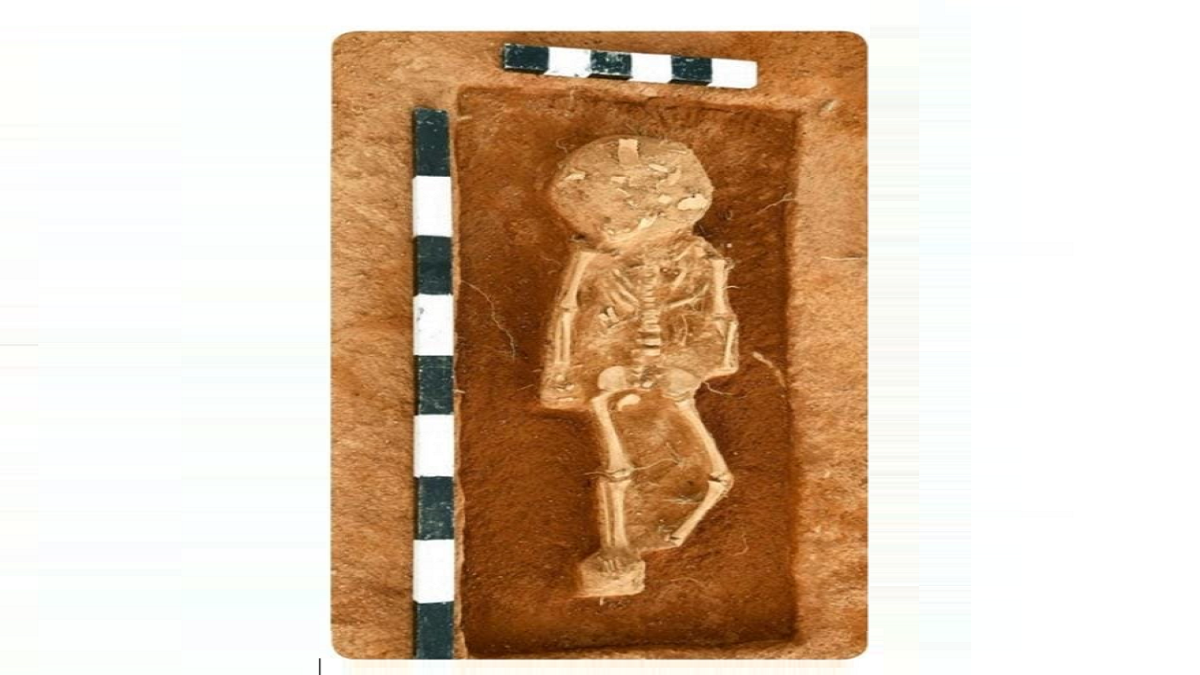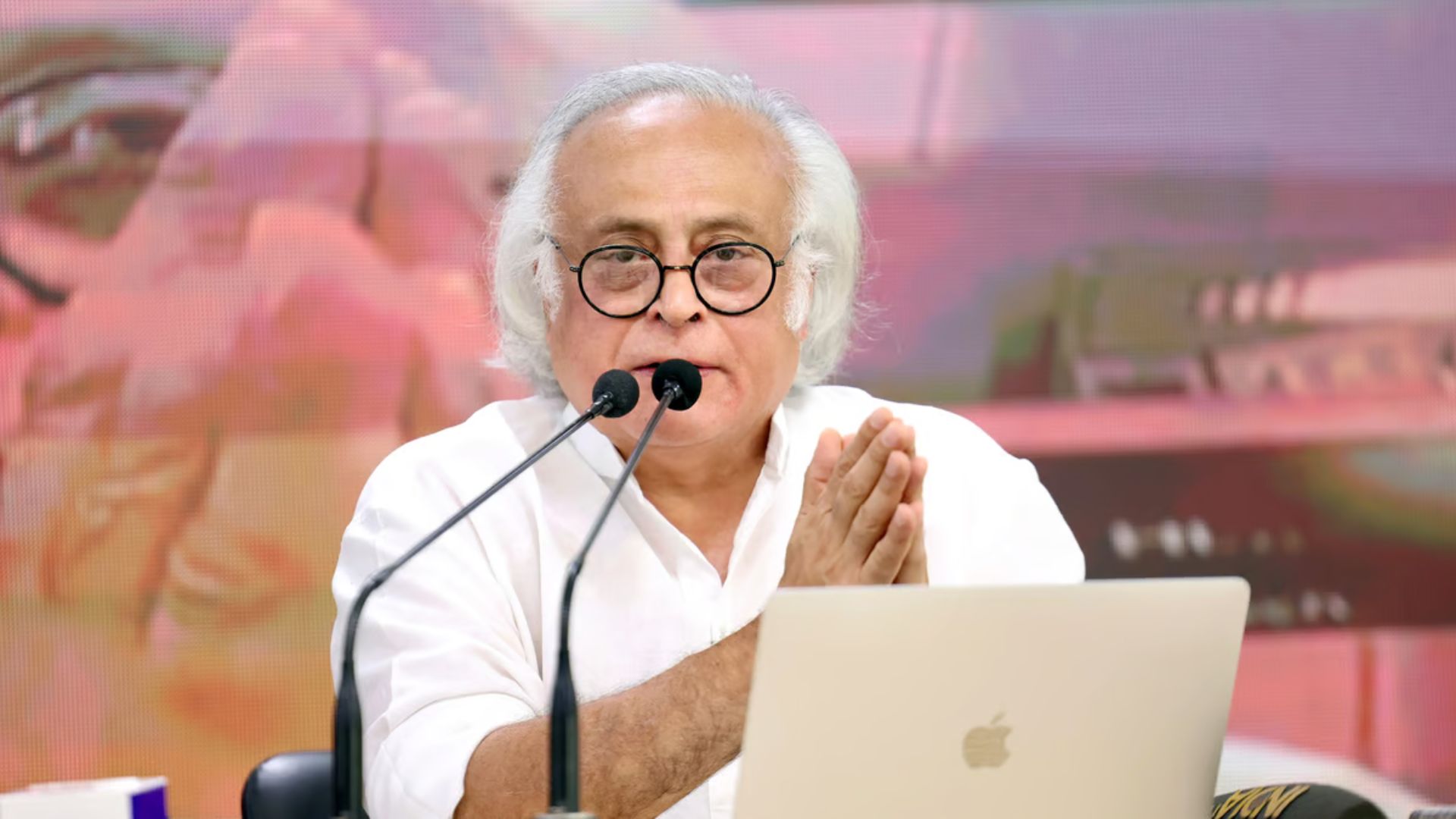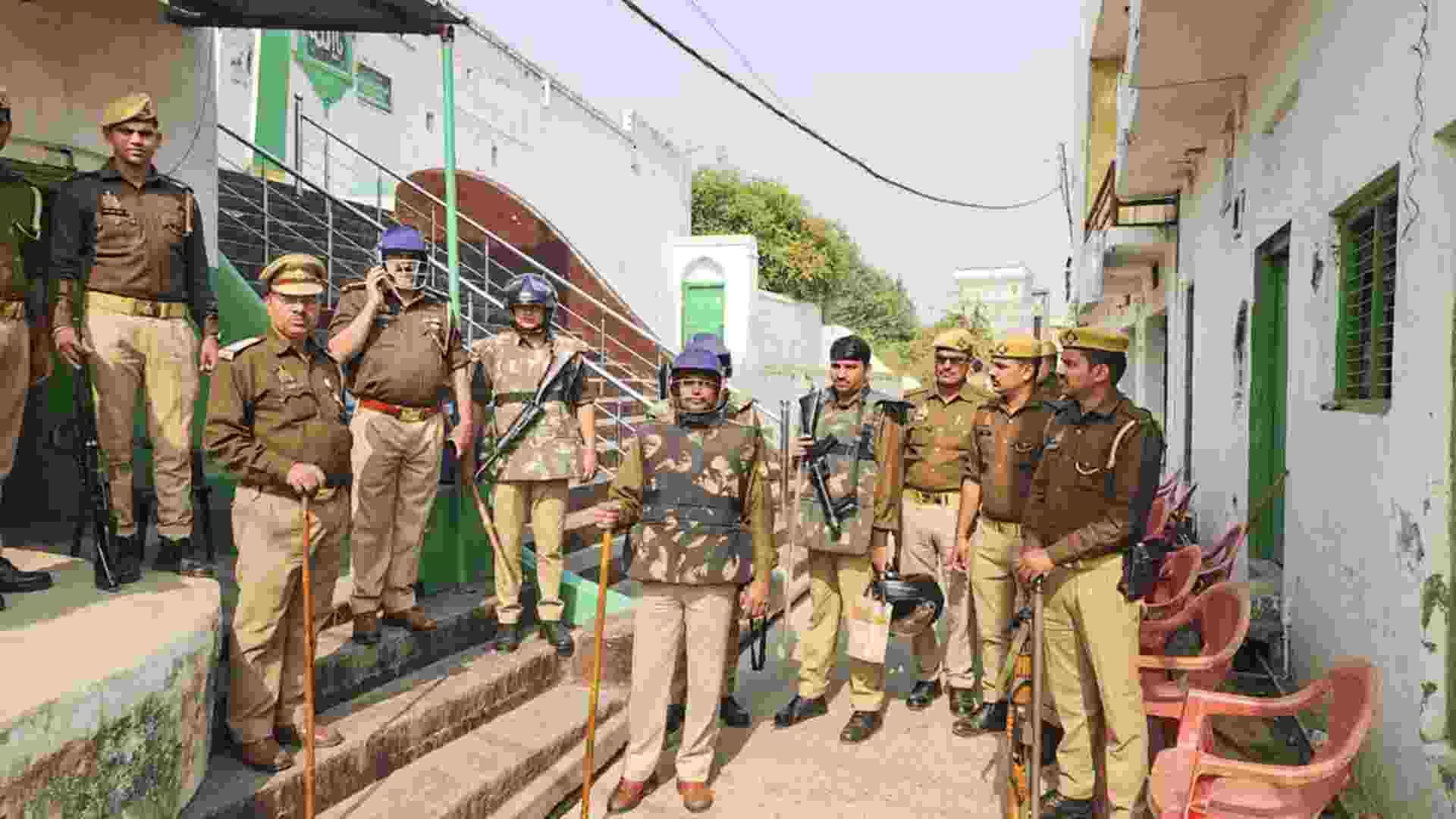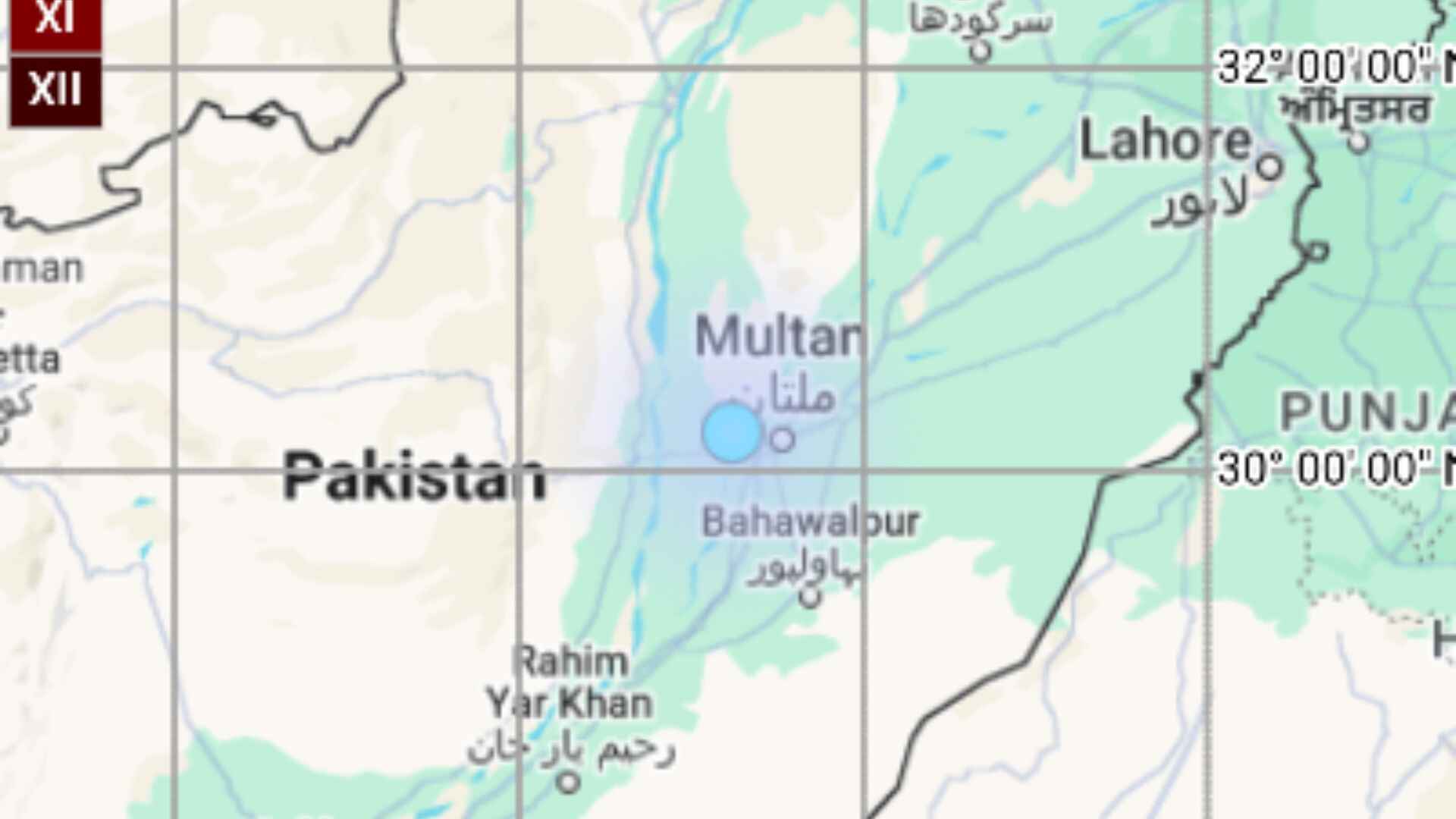
The sixth phase of the excavations in Keeladi is being carried out by the Tamil Nadu Archaeological department in the state since May 2020 and has expanded to Manalur, Agaram, Kondhagai.
Keeladi in Sivaganga district has attracted international attraction when architects discovered the remnants of 2,000-year-old civilisation on the banks of river Vaigai.
Excavation work is being carried out in Keeladi and its cluster sites, which include habitation, burial and industrial locations, which will give a clear understanding of the Vaigai river civilisation.
During the 6th phase of the excavation works, the archaeological department has so far excavated 3,959 and more importantly 128-carbon samples from the archaeological site.
Archaeologists believe that artifacts including major structural activities, iron and copper objects, cattle bones weighing units, seals, potsherds that clearly indicate that Keeladi could be an industrial-cumhabitation site.
Kondagai site has been identified as an exclusive burial site as skeletal remains are being dug out from the site. So far 17 human skeletons and 2 animal skeletons have been identified from 9 trenches. Interestingly, the burials have been done through urns, pit and surface burials
. In the first phase of the Agaram and Manalur, archaeologists have excavated microlithic tools and 20 carbonised paddies have also been identified. These carbonised samples will help determine the age of the particle leading us to the period when the civilisation was alive.
In Manalur, smoking pipes, beads, terracotta wheels and hopscotches have been excavated.
Analysis of the artifacts and carbon samples that are being excavated from the Keeladi and its cluster sites will be done. Interestingly, so far the sites have not yielded any objects that were meant for worship.















